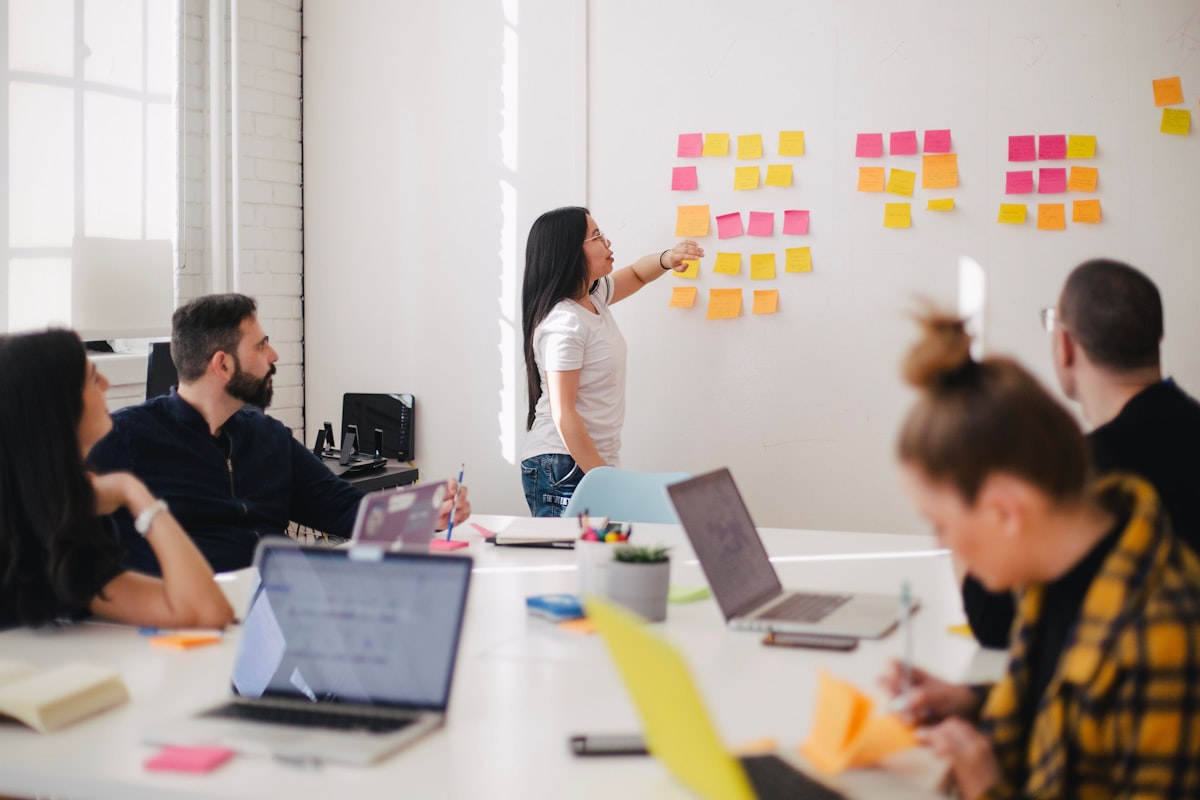
Accessibility is becoming increasingly important in web development. This article covers common accessibility questions you might encounter in job interviews and how to answer them effectively.
Why Accessibility Matters in Interviews
Companies are recognizing the importance of accessibility and want developers who understand these principles.
Common Interview Questions
1. “What is web accessibility?”
Good Answer: “Web accessibility means ensuring that websites and web applications can be used by people with disabilities. This includes users with visual, auditory, motor, and cognitive impairments. It’s about creating inclusive experiences that work for everyone.”
2. “How do you test for accessibility?”
Good Answer: “I use a combination of automated and manual testing. Automated tools like axe-core and Lighthouse help catch common issues, but manual testing with screen readers, keyboard navigation, and real users is essential. I also follow WCAG guidelines and use tools like WAVE and Color Contrast Analyzer.”
3. “What are some common accessibility issues?”
Good Answer: “Common issues include missing alt text for images, insufficient color contrast, lack of keyboard navigation, missing form labels, and poor heading structure. I always ensure proper semantic HTML, sufficient contrast ratios, and test with assistive technologies.”
Technical Questions
4. “How would you make a dropdown menu accessible?”
Good Answer: “I’d use proper ARIA attributes like aria-expanded, aria-haspopup, and role attributes. The menu should be fully keyboard navigable with arrow keys, Enter to activate, and Escape to close. I’d also ensure focus management and clear focus indicators.”
5. “What’s the difference between WCAG A, AA, and AAA?”
Good Answer: “WCAG has three conformance levels: A (basic), AA (standard), and AAA (highest). Most organizations aim for AA compliance as it provides good accessibility while being achievable. AAA is more stringent and may not be practical for all content types.”
Best Practices for Interview Preparation
- Study WCAG guidelines and understand the principles
- Practice explaining accessibility concepts in simple terms
- Be ready to discuss specific examples from your experience
- Understand common accessibility tools and testing methods
- Know how to implement basic accessibility features
